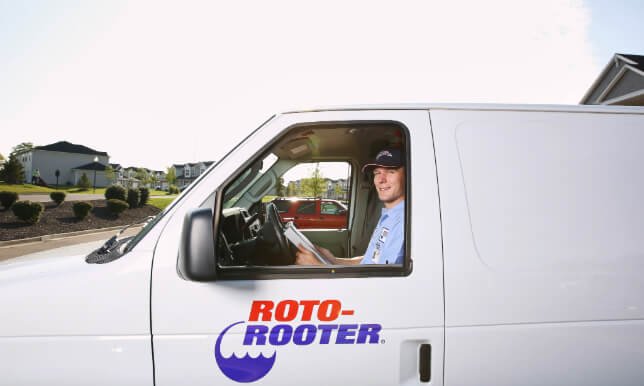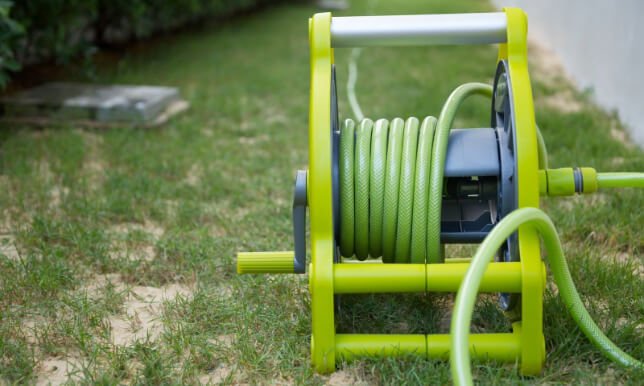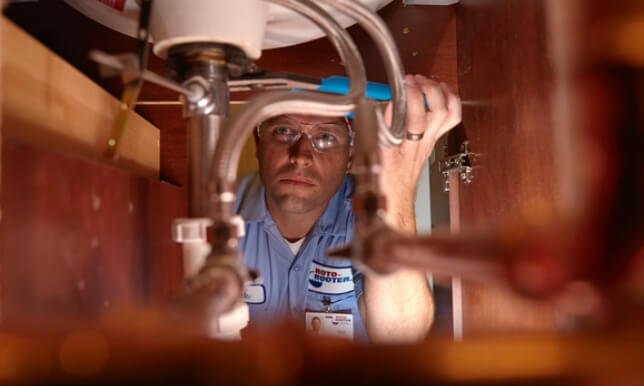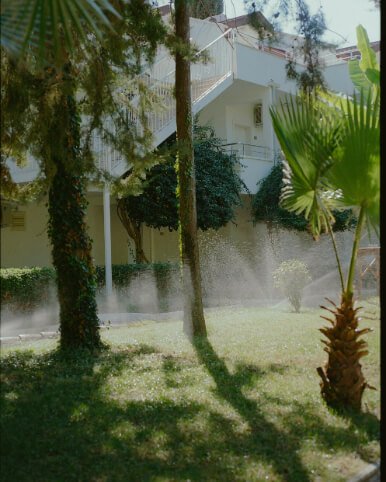
Beat the heat with higher pressure.
Mercury is sizzling in the thermometer, and the car hood is hot enough to fry an egg. It’s time to sip the iced tea under the cooling mist of the lawn sprinklers. You turn on the faucet and are met with the disappointing dribble of low water pressure.
If this is a familiar scene for you, we commiserate. There really are very few things more frustrating than low pressure when you need it the most.
Summertime sees a spike in water consumption. In addition to the usual demands, we’re also topping up pools, washing the car, probably doing more laundry than usual, and keeping the garden hydrated. So, are we doomed to just accept the poor, tepid sprinkle of water from our faucets? No! Do not go gentle into that dark night. Here are some tried-and-tested tips from the Roto-Rooter pros to keep that pressure as high as the heat.
The Leak-ly Suspects: Outdoor Plumbing Fixtures
Using the hose every day? Have you really been rolling it away and turning the faucet off properly every time? No, we’re not here to judge; we know you’re planning on using it for the car later. But exposure to the elements can corrode fixtures and weaken the plastics used for outdoor plumbing equipment. Here are a few things that can keep your outdoor water pressure at maximum performance.
- Descale fixtures: Mineral deposits can build up over time, and this can severely compromise performance. A good vinegar cleanse is the best home remedy for this problem. Check out this previous blog for an in-depth how-to: (Insert link to the blog here.)
- Measure the water distance reached: If you suspect water pressure is low, be sure to check that your sprinklers are reaching all corners of your yard.
- Inspect and fix leaks: Even a small leak can make a significant reduction to your water performance. Double check that fixtures are twisted tight and hose walls are hole-free.


What’s happening indoors?
Our water systems are a delicately balanced ecosystem. The low-pressure culprit may be hiding in the kitchen or bathroom. Here are a few steps to check:
- Check all the faucets: Even a harmless-looking slow drip can add up to big dips in water pressure, especially if one or more taps are a bit leaky.
- Inspect the toilets: A running toilet may be the most common source of water waste in the home. Check the flapper and fill valve, and keep your ears primed for the telltale sound of faulty fixtures that may need replacing.
“It’s cool—no pressure” is a lie
No pressure is ever cool. Especially in 85+ temperatures. If you’ve been cursed by the housing gods with low pressure, here are a few practical steps to banish the low-flow blues:
- What are the neighbors saying? If your neighbors are also experiencing chronic low pressure, it may be time to escalate your cause to the local municipality. Just like our home, the city system is also susceptible to leaks or blockages, which will negatively impact your pressure.
- Get yourself a water pressure gauge; they’re an easy-to-use gadget and will be the ultimate authority on how well your pressure really is performing.
- Clean the pipes: We usually think of clearing the drainage pipes, but supply pipes can also suffer from buildup and clogs.
The easiest way to do all of the above is with the help of your friendly neighborhood Roto-Rooter technician. We’ll be able to give you the answers you’re looking for, recommend the best course of action, and carry it out, all before the end of summer!

